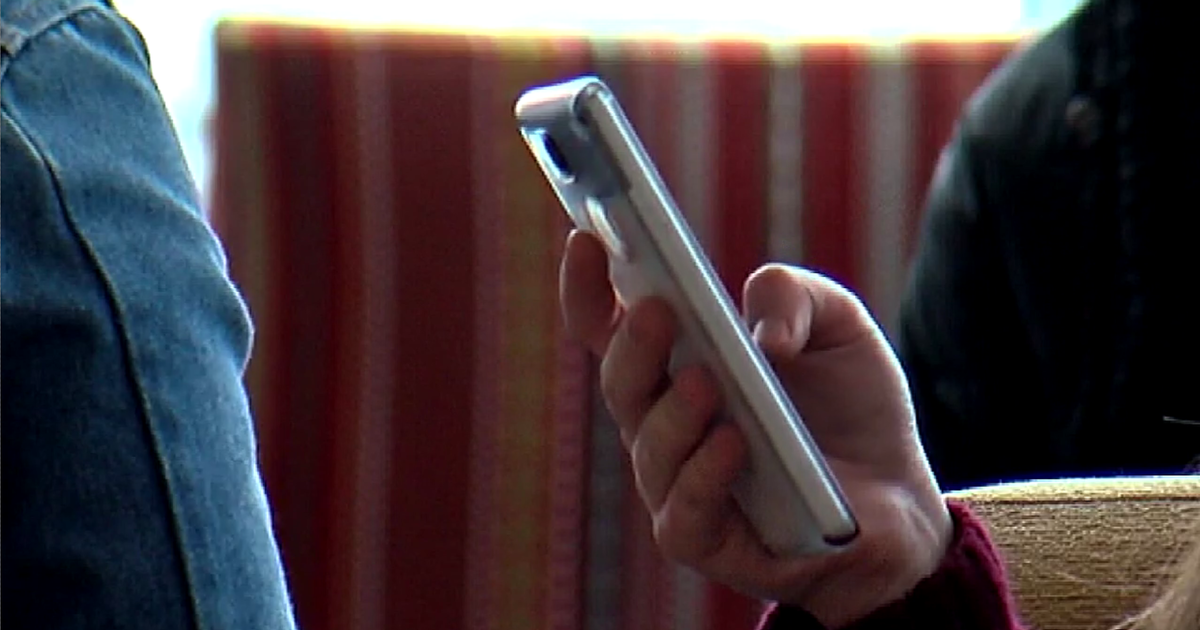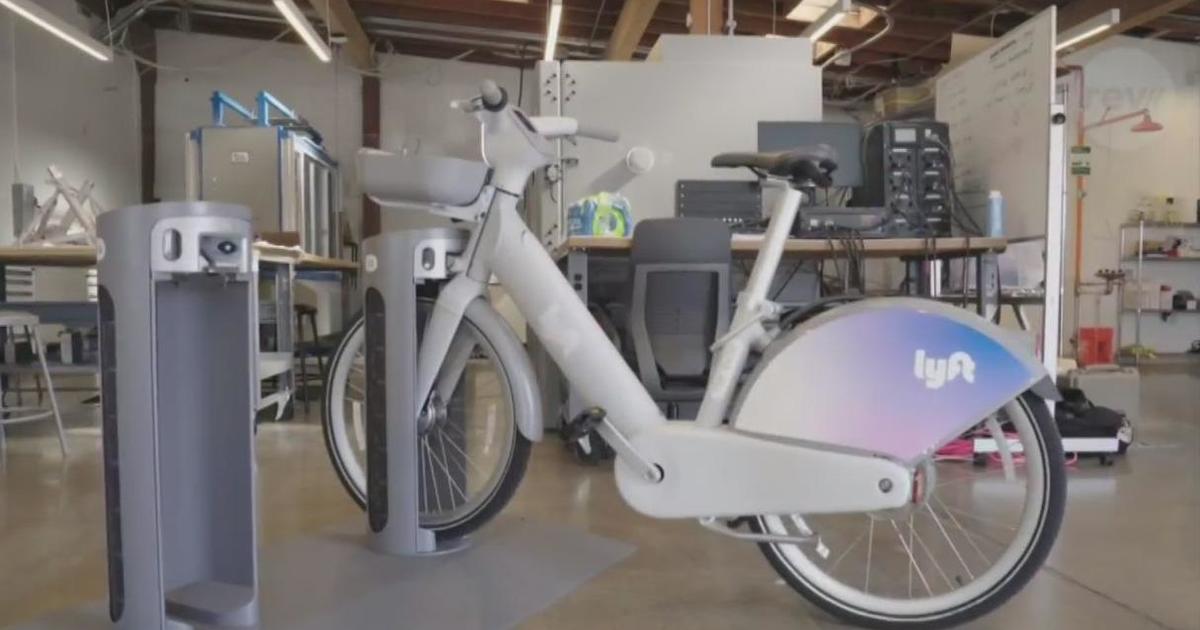Massive Electromagnet Completes Arduous Trip To Fermilab
BATAVIA, Ill. (AP) -- A 50-foot wide electromagnet that resembles the glowing flying saucer that took E.T. home stopped pre-dawn traffic along a suburban Chicago interstate Friday as it completed the last leg of its 3,200-mile trip over land and sea to arrive at its new home.
The 50-ton electromagnet is the largest in the world and will help study blazing-fast particles at the Fermi National Accelerator Laboratory in Batavia, outside Chicago.
Its journey from New York, however, wasn't so fast. It was more of a meandering $3.5 million road trip, complete with taking its photo with landmarks and a special Twitter hashtag to keep fans apprised.
Without twisting even an eighth of an inch, the giant magnet was strapped to a specially made 16-axel flatbed truck for its final leg and traveling at a mere 5 to 15 mph. A behemoth bumper sticker informed puzzled onlookers that it was "driving discovery in particle physics."
It started its trip at the Brookhaven National Laboratory in New York in late June. From there, the massive magnet floated down the East Coast into the Gulf of Mexico -- where it outran a tropical depression -- then up the Mississippi River to Illinois.
From there it moved at a nearly glacial pace escorted by tow trucks, police vehicles and gawkers who lined the route to take photos. It finally rolled into the suburban Chicago lab shortly after 4 a.m. Friday with an "oversize load" sign and a waving American flag.
Along the way, even a slight twist could permanently damage the magnet, which cannot be disassembled. The cost to replace it has been estimated at $30 million.
The magnet had to ride out rough weather in Norfolk, Va., and then encountered more bad weather in the Gulf.
"We had to hurry up and get going through the Gulf of Mexico and really have the tugboat pour it on," said Terry Emmert Jr., vice president of Emmert International, which moved the magnet across the country.
Fermilab officials plan to use the magnet in a physics experiment called Muon g-2 and will use it to study subatomic particles.
They're throwing the magnet a welcome home party Friday afternoon, complete with food, hands-on exhibits and a special group photo.
The magnet is constructed with aluminum and steel by Brookhaven scientists in the 1990s and made with superconducting coils inside.
(TM and © Copyright 2013 The Associated Press. All Rights Reserved. This material may not be published, broadcast, rewritten or redistributed.)



